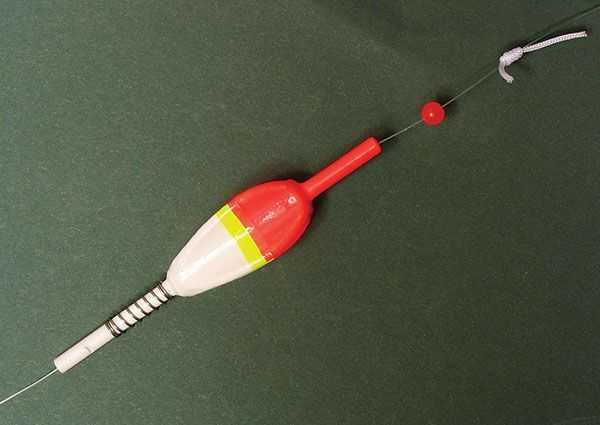Fishing from a boat offers a unique perspective, but for those seeking a more active approach, there’s kayak fishing. To maximize your catch, you need the right tools. Enter the slip bobber, a versatile weapon in any angler’s arsenal.
What is a Slip Bobber?
Unlike fixed bobbers, slip bobbers slide freely on your line. This lets you present bait at precise depths, ideal for deeper waters or targeting fish at specific levels. They consist of a hollow plastic tube and a stop knot that controls its position. When a fish bites, the stop knot slides down, allowing the fish to take the bait without resistance.
Why Use Slip Bobbers?
- Versatility: From casting to trolling, slip bobbers adapt to various fishing styles.
- Depth Control: Reach deeper waters and target fish at specific depths, increasing your catch potential.
- Compact & Efficient: Perfect for kayak fishing’s emphasis on lightweight, multi-functional gear.
When to Deploy Your Slip Bobber:
- Deep Water: Traditional bobbers struggle in deep water. Slip bobbers let your bait reach the fish.
- Targeting Specific Species: Different fish feed at different depths. Slip bobbers allow precise bait placement.
- Varying Depths: Fishing drop-offs or ledges? A slip bobber keeps your bait in the strike zone.
- Live Bait: Need to suspend live bait at a specific depth? Slip bobbers are your go-to.
Mastering the Slip Bobber Technique:
- Gear Up: You’ll need a fishing rod, reel, line, slip bobber, bobber stop, hook, and bait.
- Setting Up: Attach the slip bobber to your line, followed by the bobber stop positioned at your desired depth (use a depth finder or estimate).
- Casting: Hold your rod with both hands and cast the baited slip bobber away from your boat to avoid spooking fish.
- Reading the Bobber: Watch the bobber descend. Once it reaches the stop knot, keep an eye out for movement or dips indicating a bite.
- Setting the Hook: A bobber dipping or disappearing underwater signals a bite. Respond with a quick, firm pull to set the hook. Reel in the fish while maintaining line tension.

Fishing Tips for Slip Bobber Success:
- Lightweight Bobber: Avoid bogging down your line with a heavy bobber.
- Match Hook & Bait: Choose the right size hook and bait for your target fish.
- Depth Experimentation: Adjust the bobber stop to find the depth where fish are actively feeding.
- Minimize Noise: Keep your movements quiet on the boat to avoid spooking fish.
- Variety is Key: Carry different slip bobber sizes to adapt to varying water depths and conditions.
Common Slip Bobber Mistakes (and How to Avoid Them):
- Static Depth: Don’t be afraid to adjust the bobber stop to locate actively feeding fish.
- Heavy Bobber: A heavy bobber makes your bait sink too quickly, potentially missing bites.
- Casting Too Close: Avoid casting near your boat to prevent scaring away fish.
- Ignoring the Bobber: Keep your eye on the bobber for any signs of a bite.
- Zzzzzz…. Setting the Hook Too Late: A delayed hookset allows the fish to eject the bait. Be quick!
Choosing the Right Slip Bobber:
Consider these factors when selecting your slip bobber:
- Weight: Lightweight is key for kayak fishing (or any boat fishing).
- Size: Match the bobber size to your target fish and water depth.
- Visibility: Choose a brightly colored bobber for easy spotting, especially in low-light conditions.
- Durability: Opt for a durable bobber that can withstand the wear and tear of fishing.
By incorporating slip bobbers into your fishing strategy, you’ll unlock a new level of effectiveness. Remember, adjust your depth, experiment with bait, and keep those slip bobbers dancing on the water’s surface. Tight lines!
Image: CostalAngler
Source: Glide





